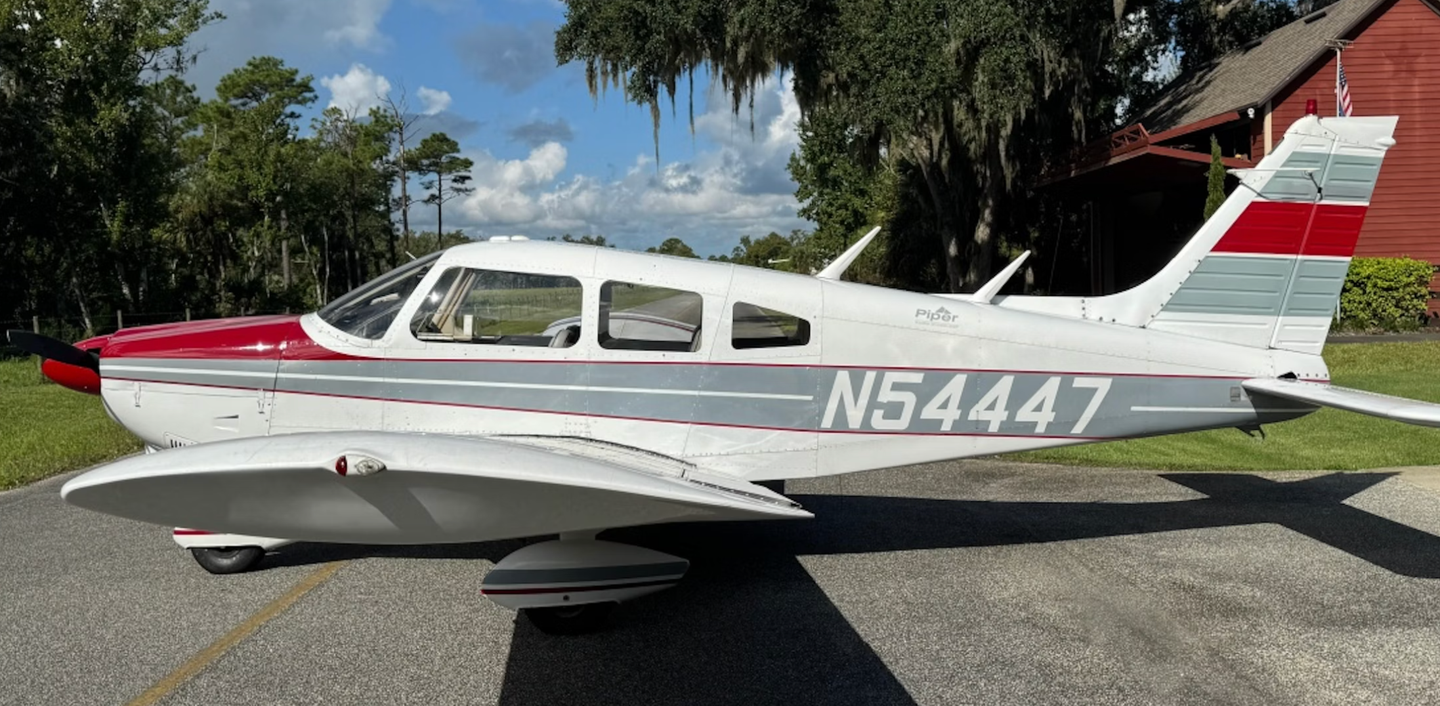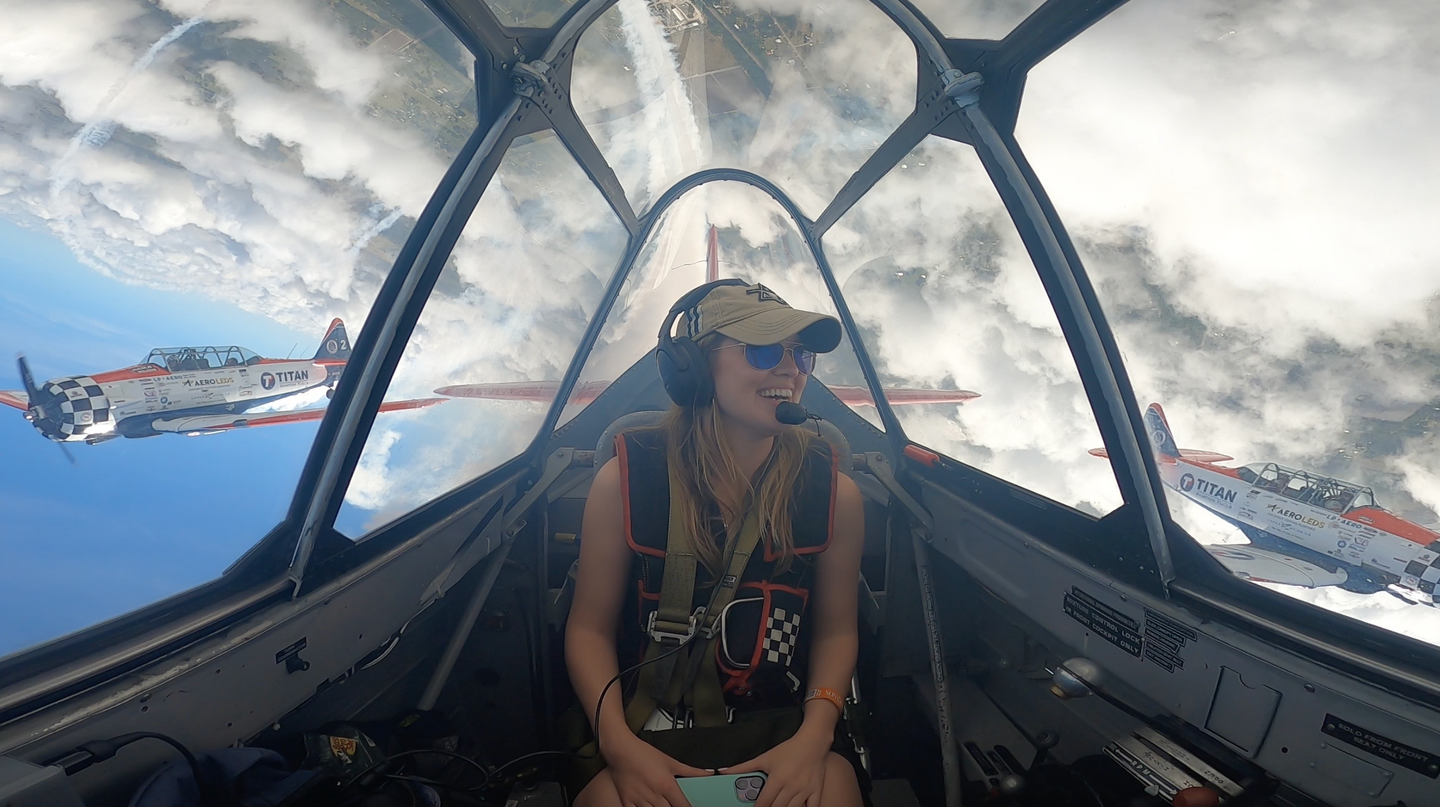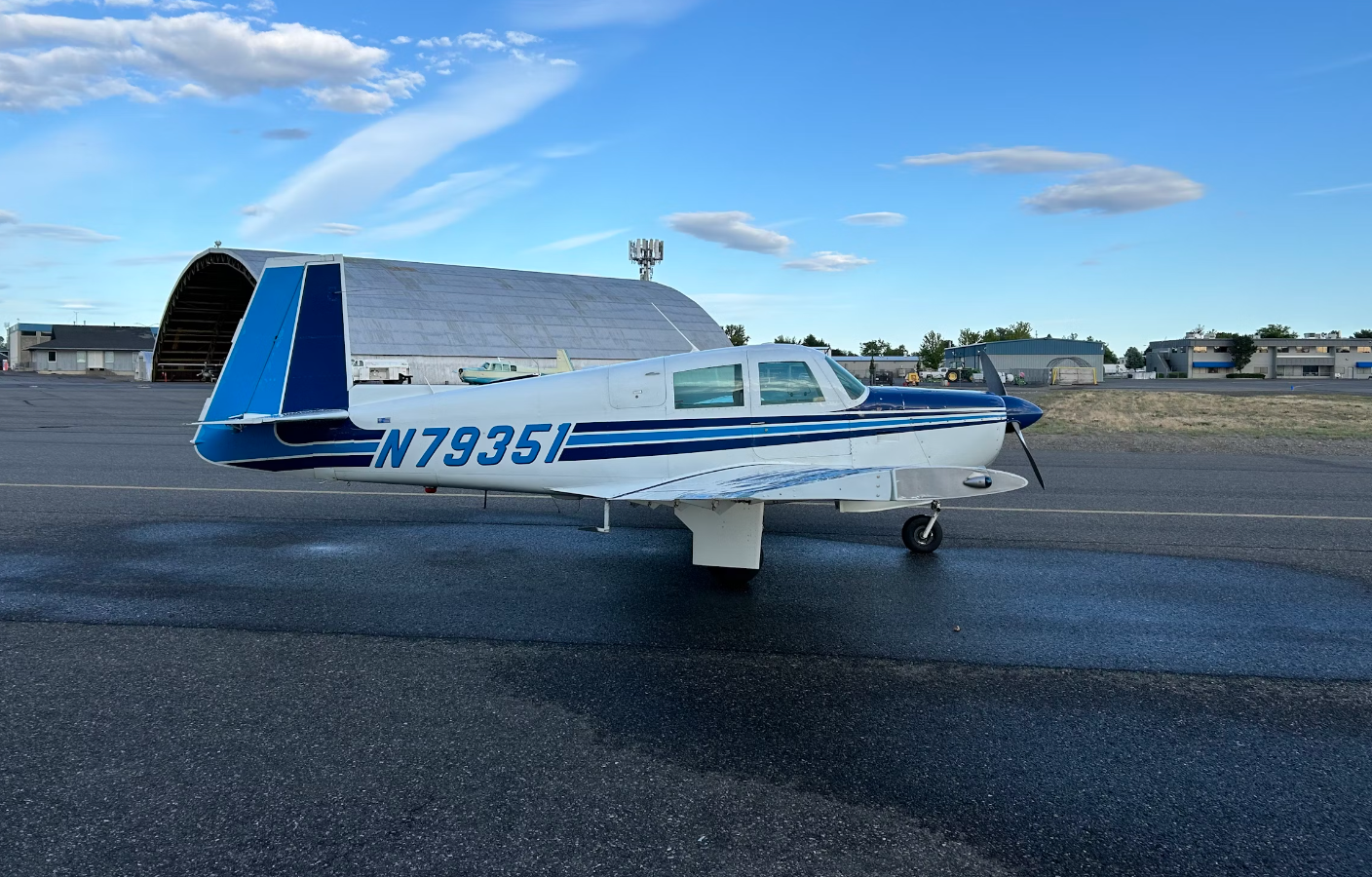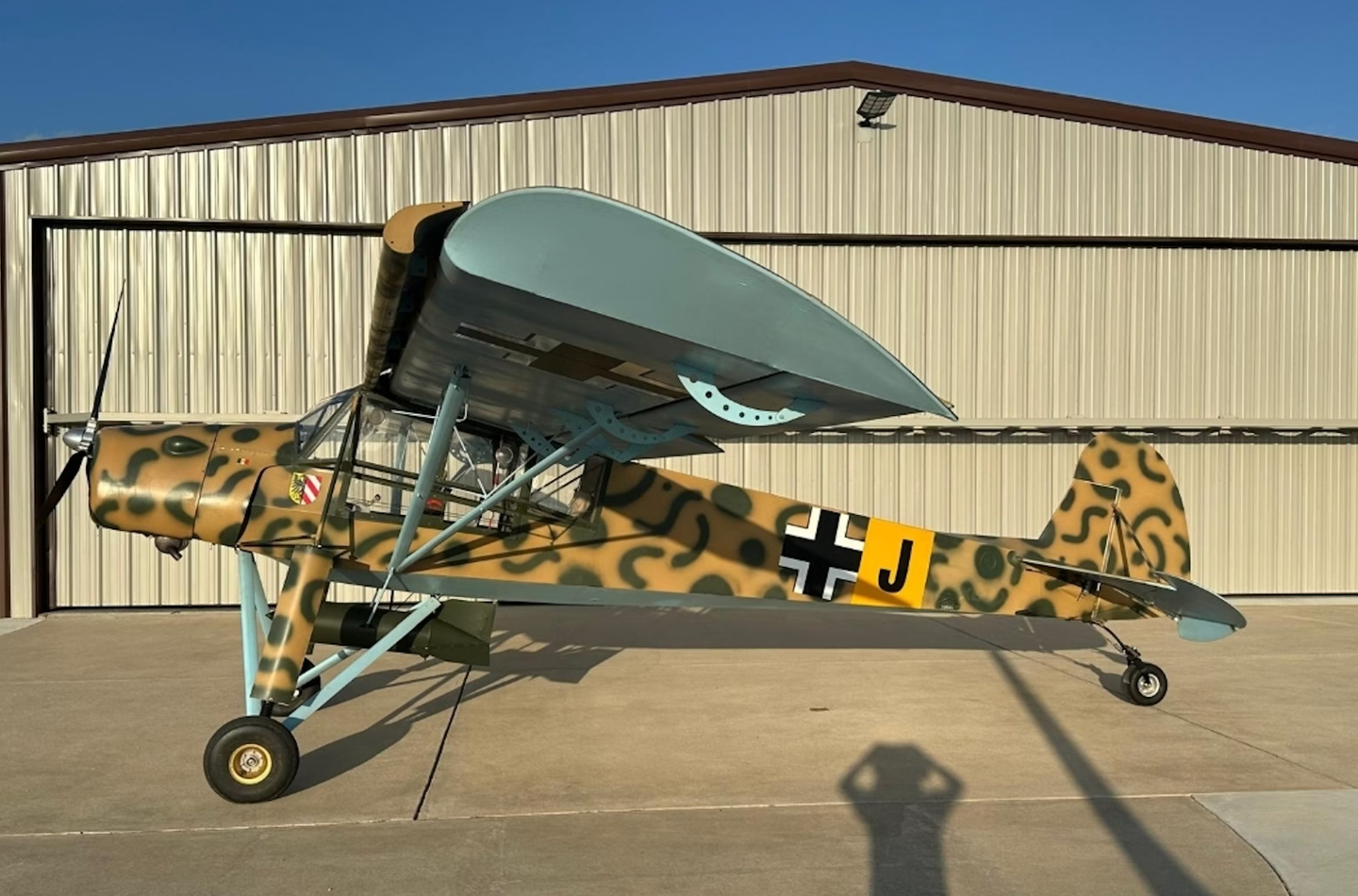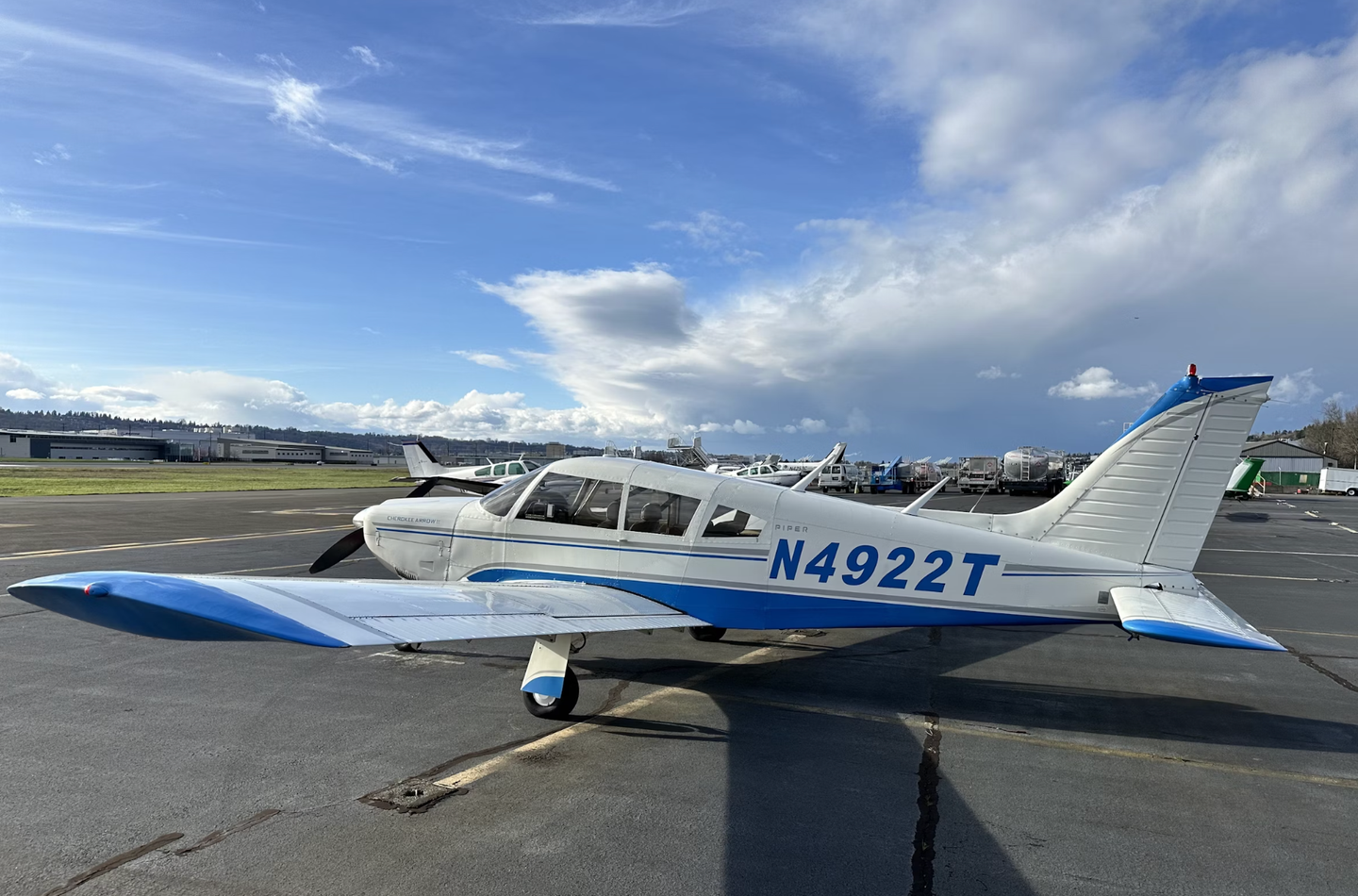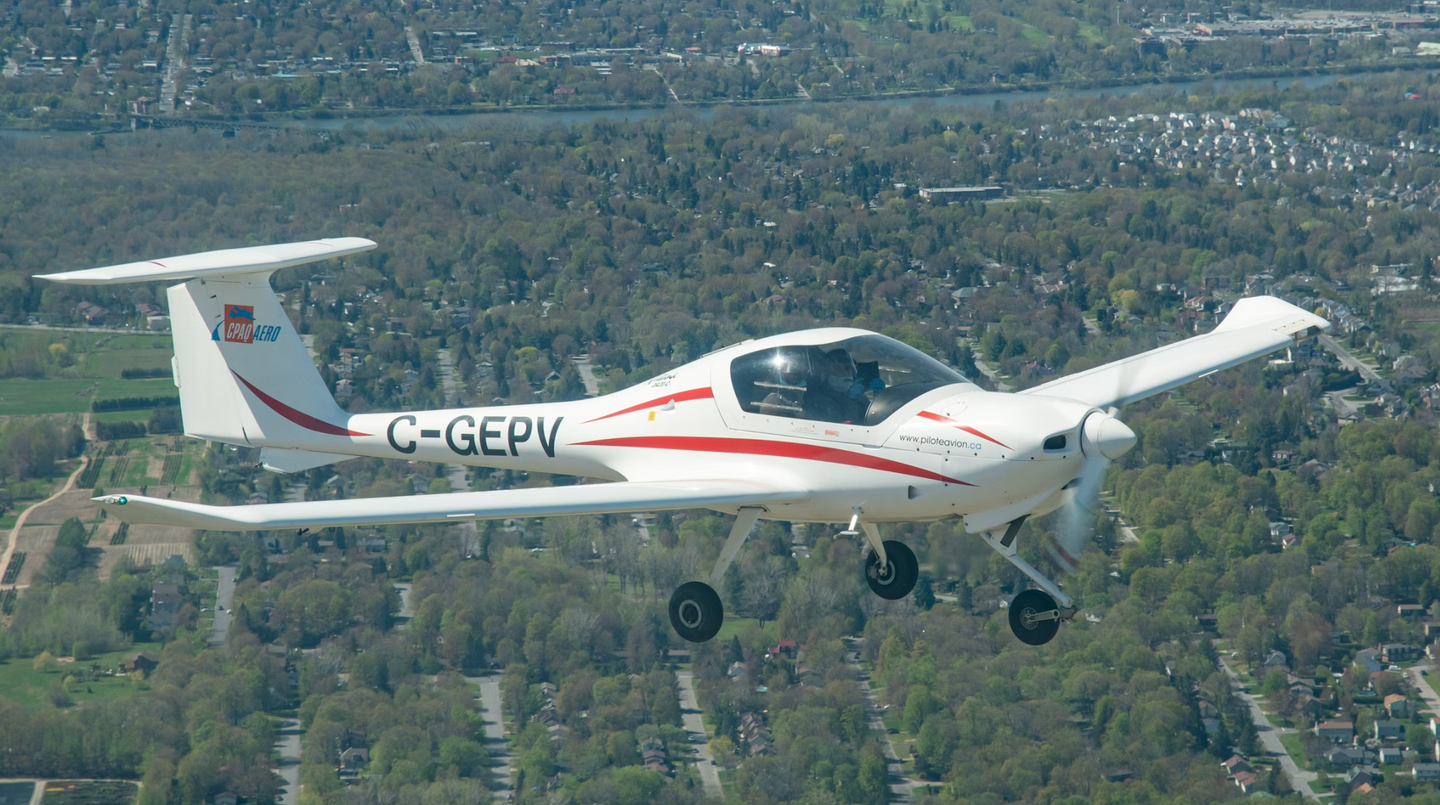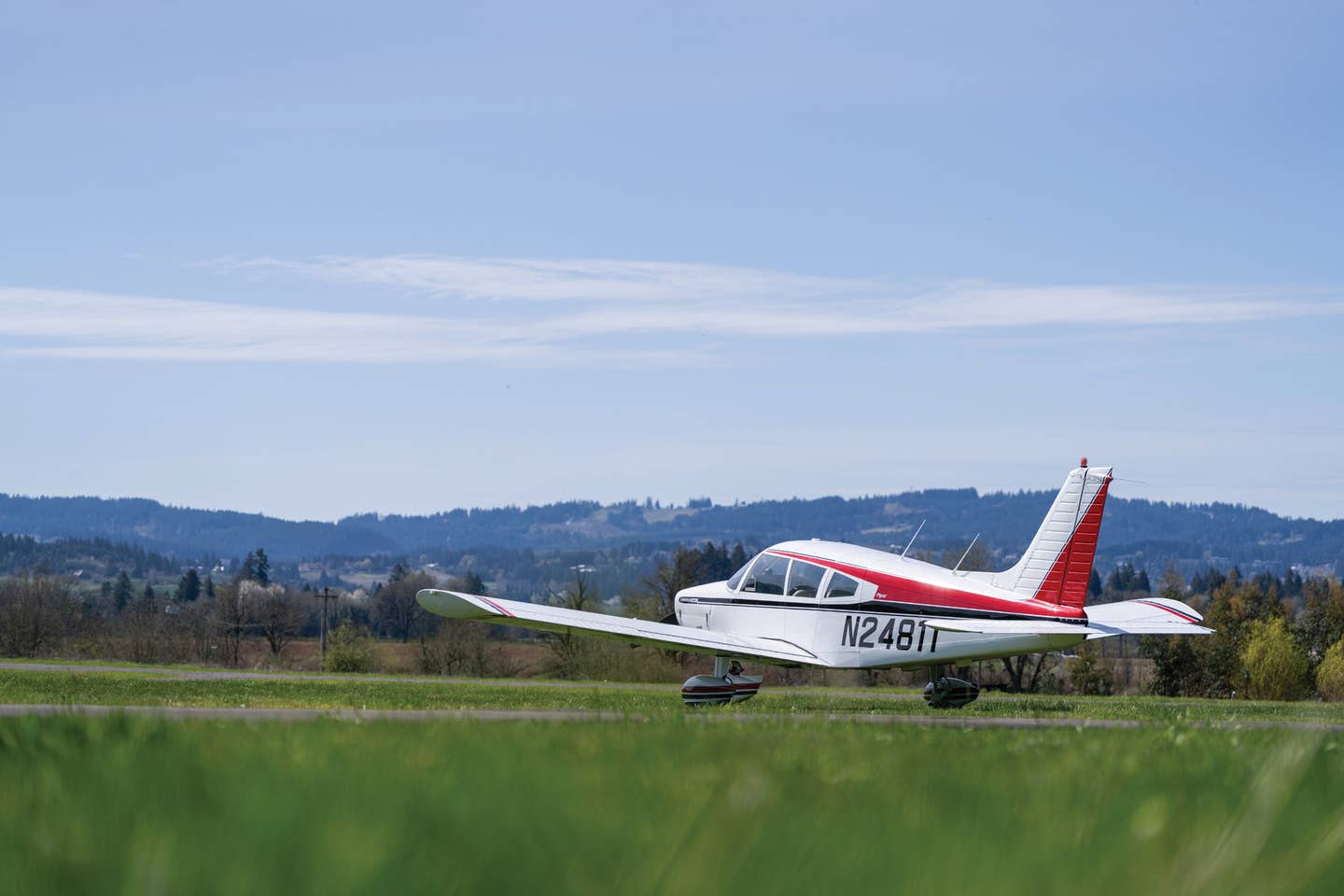
Photos: Jon Bliss
Airplanes like the Piper Cherokee probably don’t get their due. Average. Bland. Ho-hum.
Fantasies revolve around high-profile aircraft—the P-51s, SR-71s, and DC-3s of the world. We love the iconic, buy shirts emblazoned with their profiles, and for good reason. For many, aviation is largely aspirational, and if that’s so you might as well make the aspiration big.
But that’s not where the real work is done. Ask a stranger to think of a small GA airplane, and they’ll probably conjure something like a Cub. And while the Cub is evergreen, in part due to the efforts of companies like CubCrafters, success in GA is actually a bit more mundane.
It’s right here, in the beating heart of middle-land, where high horsepower and scintillating performance are far less appreciated than durability, simplicity, and attainability. The rich can dream of jets and warbirds. The rest of us fantasize about swinging a Piper Cherokee.
Let’s go back to that time in postwar GA when the sands shifted quickly. Fearsome metal airplanes helped win a global conflict, yet pilots came home to variations on prewar designs of tube-and-fabric construction and modest performance.
Cessna started turning to all-metal construction fairly quickly, and by 1957 Piper already had the all-metal, retractable-gear Comanche in the lineup. (We’ll set aside for the moment that the Beech Bonanza debuted in 1947.) But Piper was still selling Pacers and Tri-Pacers—clear descendants of the Cub—against seemingly more modern Cessnas.
Howard “Pug” Piper read the market and understood the challenges, reaching out in November 1956 to Fred Weick. Then 57, Weick was well known for his work at NACA, predecessor to NASA, and for his jaunty little two-seater, the Ercoupe.
Weick brought to bear many of the design ideas developed and refined in the Ercoupe for this new Piper project that would become the Cherokee. That constant-chord wing, often referred to as the Hershey Bar wing because of its resemblance to the chocolate candy, was a design element of the Ercoupe, and chosen in part because it’s easy to build.
It’s fair to say Piper understood the complexity of the Comanche’s systems and its tapered wing, and wanted to keep things simpler for its new fixed-gear model. The Cherokee was designed with few compound curves rendered in metal to ease manufacturing and assembly. Complex shapes would be plastic or fiberglass. Piper claimed the Cherokee used 400 fewer parts than did the similarly sized Tri-Pacer, to say nothing of the switch from labor-intensive fabric covering to aluminum.
Weick penned the PA-28, so called because it was Piper’s 28th design, to be a four-place airplane smaller than the up-market Comanche. One artifact of this marketing-driven choice was that the Cherokee’s cabin had to be narrower than the Comanche’s. Now you know.
You can see other Weick influences, such as the oil-damped tricycle landing gear—all produced Cherokees are trikes—with a wide track to make crosswind landings more manageable. The Ercoupe was designed with only two controls, roll and pitch, so it couldn’t be kicked out in a crosswind—it had to withstand landing in a crab. What Weick learned there was brought to the Cherokee.
The Ercoupe was also designed to be unstallable—and, therefore, unspinnable. One way to accomplish this goal is to limit elevator authority. To some extent this was carried out with the Cherokee, though the key design element—use of a stabilator in place of a conventional elevator and fixed horizontal stabilizer—is likely the influence of John Thorp. Thorp joined the Piper design team during the Cherokee’s development; his own Sky Scooter used a stabilator. In theory, a stabilator can be lighter and more efficient than a conventional arrangement but takes more finessing to get right from a handling perspective.
Piper sought other methods to make the Cherokee light and simple to build. The exterior strakes on the belly add strength without complicating the under-floor structure. Depressions in the vertical stabilizer and rudder, as well as stabilator skins and ailerons, all help increase panel stiffness while allowing less under-skin structure.
Four comfortable seats and a decent-size baggage bay make the Cherokee pleasant for four and their stuff. Even Corgis.
According to Terry Lee Rogers’ The Cherokee Tribe, the Cherokee took four years to develop and was ready to go by late 1960 as the PA-28-160. It was an instant success, with the 150/160 models—Piper had certified a 150 hp variant that could use lower-octane fuel—selling 568 units through 1964. Moreover, Piper had sold 655 of the stripped-down, two-seat Cherokee 140 trainers through 1964. Its belief that it didn’t need a direct competitor to the Cessna 150 turned out to be right.
But it was the model you see on these pages that really took off. Piper wasted no time replacing the original Cherokee’s Lycoming O-320 with the larger O-360, bringing 180 hp to the platform for 1963. With it came more load carrying capability and a smidgen more speed.
For pilots who routinely flew with two or three passengers, the Cherokee 180’s extra margins meant all the difference. At a time when the Cessna 172 still had 145 hp, Piper found the sweet spot—leapfrogging the Skyhawk in performance for a modest price hike. It would prove to be an instant and enduring success.
Oregon pilot Randy Widell agrees. His 1972 Piper PA-28-180, owned in partnership with Brian Bishop, is very nearly the perfect airplane for his needs.
“I first got into Cherokees doing my instrument training,” Widell says. “I instantly fell in love with it in terms of just being able to trim it out and everything just flies almost hands off. I found the 152s and the 172s to be very twitchy.”
But there’s more to it than that.
“I also think the Cherokee is just a slick looking airplane,” he says. “True, having a single door and having to go in over the wing is a little bit more complicated than on a Cessna, but it's a great looking, great flying airplane that’s easy to own.”
Coming to own a Cherokee didn’t happen right away. After doing his instrument rating in the Cherokee, Widell started working on his commercial rating.
“I did the commercial mostly in 172s but did the retractable/high performance stuff in a Comanche, which was even more fun,” he says.
He was starting to fly more and wondered if it would be more economical to own rather than rent.
“I was thinking that I really did enjoy flying Cherokees a lot more,” he says. “I started doing the math and, along the way, realized that a partnership might be the way to go.”
Widell didn’t have to look far.
“Happenstance,” he says. “The previous owner of this airplane was looking for a 50/50 partnership around this time. I did the numbers and discovered that the break-even point between owning and renting was only about 30 hours a year.”
And it was right where the airplane is based now, at the Stark’s Twin Oaks Airpark near Hillsboro, Oregon.
“The owner I joined in partnership was the second owner of the Cherokee, and it was based right here,” Widell says, gesturing to his spotless hangar at Twin Oaks. Eventually that partner wanted to sell and Widell found Brian Bishop.
“Over time, I’ve received some good advice on partnerships,” he says. “One part of that is you want to make sure you and your partner are on the same page in terms of maintenance. It’s important for the plane to be safe and the other person should think that way, too.”
He noted both partners need to be clear-eyed about the costs needed to safely maintain and upgrade an older airplane, and be able to put that money in. He has that with Bishop.
When Bishop joined as a partner, this Cherokee 180 already had a factory-remanufactured Lycoming O-360 installed, but it was due for fresh paint. It had previous avionics upgrades. It doesn’t take much of a stretch to appreciate that avionics from 1971 aren’t going to be very reliable today—and certainly not as capable as the latest stuff. So it’s been upgraded with a pair of Garmin G5 EFIS displays and a GTN 650 mated to a GTX 345 Mode S transponder. So they wouldn’t get dizzy, they kept an older Bendix/King KX 155 nav/com and the KMA 24 audio panel.
This Cherokee was built after Piper ‘modernized’ the instrument panel, but it no longer wears 1970s-vintage avionics, thanks to a Garmin GPS/com and two G5 instruments. Some earlier avionics remain.
Widell believes his Cherokee was never a trainer, and though he has his CFI, he doesn’t offer training in it.
“We like to use it for travel around the Pacific Northwest,” he says. “My wife Samantha and I have a rule that if we're going to fly somewhere, we have to be able to wake up in the morning and decide to drive.”
What he’s preventing is both get-there-itis and get-home-itis.
“I think twice of all the times we've flown, we've woken up and said, you know what, the weather's not working out, let's just drive it,” he says.
They have used the Cherokee for trips to San Francisco.
“We’ll stop in Crescent City [California], have lunch, just kind of hang out, and take it the rest of the way.” Widell says. “I also like to look for what I call crummy weather that’s just low enough that I can get an instrument approach in, but not so much that I don't have any outs.”
Performance-wise, Widell sees between 105 and 110 ktas at 2,400 rpm. Noting that this Cherokee wears the period-correct wheel pants, those cruise numbers might seem a little low—book figures call for 122 ktas under ideal conditions. But as we found out during our formation photo flight, it’s likely the Piper wears a climb-biased, fixed-pitch prop. Any fixed-pitch prop is a compromise, and this Cherokee’s stroke climb performance is evidence of that.
Widell has, as you can tell, been extremely happy with his purchase. But it came after a lot of careful thought.
“You want to make sure it's as sound an airplane as you can. Definitely have a pre-purchase inspection done,” Widell says. “In fact, when Brian [Bishop] came into the partnership, I suggested he take it over to a different shop than the one that maintains it now for the pre-purchase.”
They found a few small things, not surprising for an airplane in its sixth decade, but otherwise declared it to be solid.
Maintenance has been reasonable.
“Annuals have fluctuated between $1,800 in the early years to around $3,500 today,” Widell says. “The last two annuals have been significantly more, just because there were little things that needed to be done and the exhaust system needed to be overhauled. On this last annual, we had the main gear struts overhauled.” It's also true that maintenance costs overall are going up across the GA fleet. Not the Cherokee's fault.
The truth is, Cherokee flying isn’t a heart-racing affair under normal circumstances. Across the board, the PA-28 models and their many derivatives are straightforward, sweet-natured, docile machines. Nothing happens especially quickly—no hair-trigger responses here—plus they are positively trim stable in pitch, handle turbulence well considering their wing loading, and generally don’t ask a lot of a pilot. The stall is more of a mush than a harsh break, though the airplane can get to a high angle-of-attack posture that’s draggy enough to call for prompt and correct recovery techniques.
The earliest Cherokees had a scattershot instrument panel, which the first Piper Arrow in 1967 cured with a better organized arrangement. Piper rolled out this configuration through the rest of the line over the next few years. Pilots trained in Cessnas who didn’t pay much attention to fuel management had to think about it in the Cherokee, a task made a bit harder by placing the fuel selector on the sidewall next to the pilot’s left leg. (Even more fun, the bigger-engined PA-28 derivatives had tip tanks that had to be managed as well.)
At least the Cherokee gave the pilot a better view of the runway from the pattern—no wing in the way—and lacked the high-wing Cessna’s pitch change with flap deployment. The Piper also had much more positive nosewheel steering than your typical Cessna, though the offset for that is the need to positively center the rudder pedals just before the nose comes down in a crosswind landing.
To say that the PA-28 as a core design was successful vastly understates the case. From humble origins, it grew into bigger, faster, more sophisticated models. Piper put bigger engines in the basic PA-28, gave it retractable gear, stretched the fuselage, changed the wing to a semitapered design, gave it a T-tail (then took the T-tail away), made the cabin wider and fitted six seats, and refined it year over year to the airplane it is today.
Most of these models were successful—even if the fish-mouthed, T-tailed Turbo Lance was not an aesthetic home run—but the center of gravity of the Piper line is right here: A capable, modestly powered airplane that, even in today's economy, is fairly affordable—also accommodating of pilots who would like to fly more but can’t. Everyone seems to like Cherokees. Pilots like Widell and Bishop who own them feel something else: love.
The Accident Profile
A recent Used Aircraft Guide, published by fellow Firecrown magazine The Aviation Consumer, took a deeper look into the Piper’s accident picture. Here’s a sampling of that report:
After sifting through 100 National Transportation Safety Board (NTSB) accident reports involving the Piper PA28-180/181 series, we found ourselves feeling sorry for the airplanes. In the pilot/airplane flight partnership, the Cherokee 180s and Archers generally held up their end of the deal—there were only eight accidents resulting from something wrong with the airplane (engine stoppage). On the other side of the equation, pilots found many ways to wreck what we consider to be an honest line of airplanes.
Continuing to look at engine stoppages, the 180 hp Lycoming has a reputation for not being susceptible to carburetor icing. However, it’s not immune—two airplanes were brought down by carb ice and pilot inaction.
We’re cynical, but we were still astonished by the one other engine/mechanical accident. When [NTSB] investigators started looking at a forced landing following the loss of part of a propeller blade, they found that 17 years prior to the accident the prop had gone into a prop shop for work. The shop found the prop to be unairworthy and returned it. The owner put the prop back on the airplane. Twelve years before the accident, an AD was issued requiring inspection for the condition that caused the eventual failure. The owner ignored it. Somehow we can just hear the owner now, “Hey, that prop shop didn’t know squat. I got 17 years of service out of a prop they said was unairworthy.”
There were 23 runway loss of control (RLOC) events. That’s slightly high for a tricycle gear machine, but not surprising as the majority involved student pilots.
We found six runway overrun accidents. The airplanes will float, especially when landing with partial flaps and extra speed.
There were only five stall-related accidents, most on high density altitude takeoffs at or near gross weight. One of those followed an intersection takeoff.
We consider 17 fuel-related accidents to be a high rate. Most involved pilots simply running the airplane out of fuel. One pilot, who “wasn’t comfortable with leaning procedure,” unsurprisingly ran the tanks dry after cruising with the mixture full rich.
In response to a CFI setting up a practice forced landing, one student followed the checklist and changed fuel tanks. Unfortunately, he inadvertently positioned the fuel selector between detents. He got to experience a real forced landing.
While pilots like the manual flaps for the ability to rapidly extend them, there’s no free lunch. The flaps can also be rapidly retracted. Mistakenly doing so put three airplanes into the ground, hard. Two came after takeoff. The third occurred after a CFI took the controls and initiated a go-around when the student had problems on landing. While still low and slow, the student retracted the flaps.
We felt for the instructor who took the controls as a student’s swerves on takeoff became progressively worse. He got the airplane into the air and entered a turn to avoid obstructions beside the runway. The student then closed the throttle. Even though the CFI immediately firewalled the throttle, a wingtip hit the ground and ended the flight.
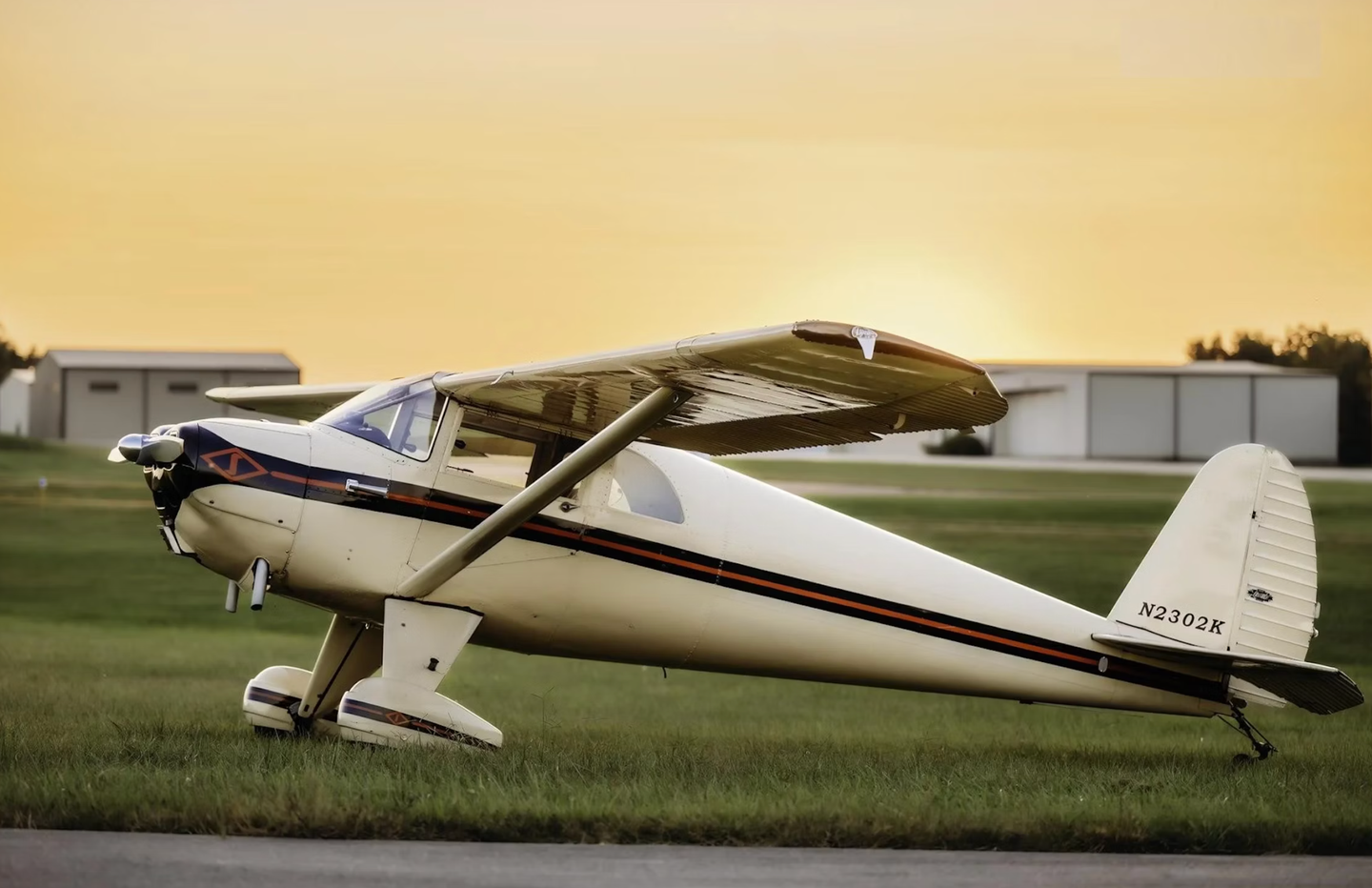
Subscribe to Our Newsletter
Get the latest Plane & Pilot Magazine stories delivered directly to your inbox

